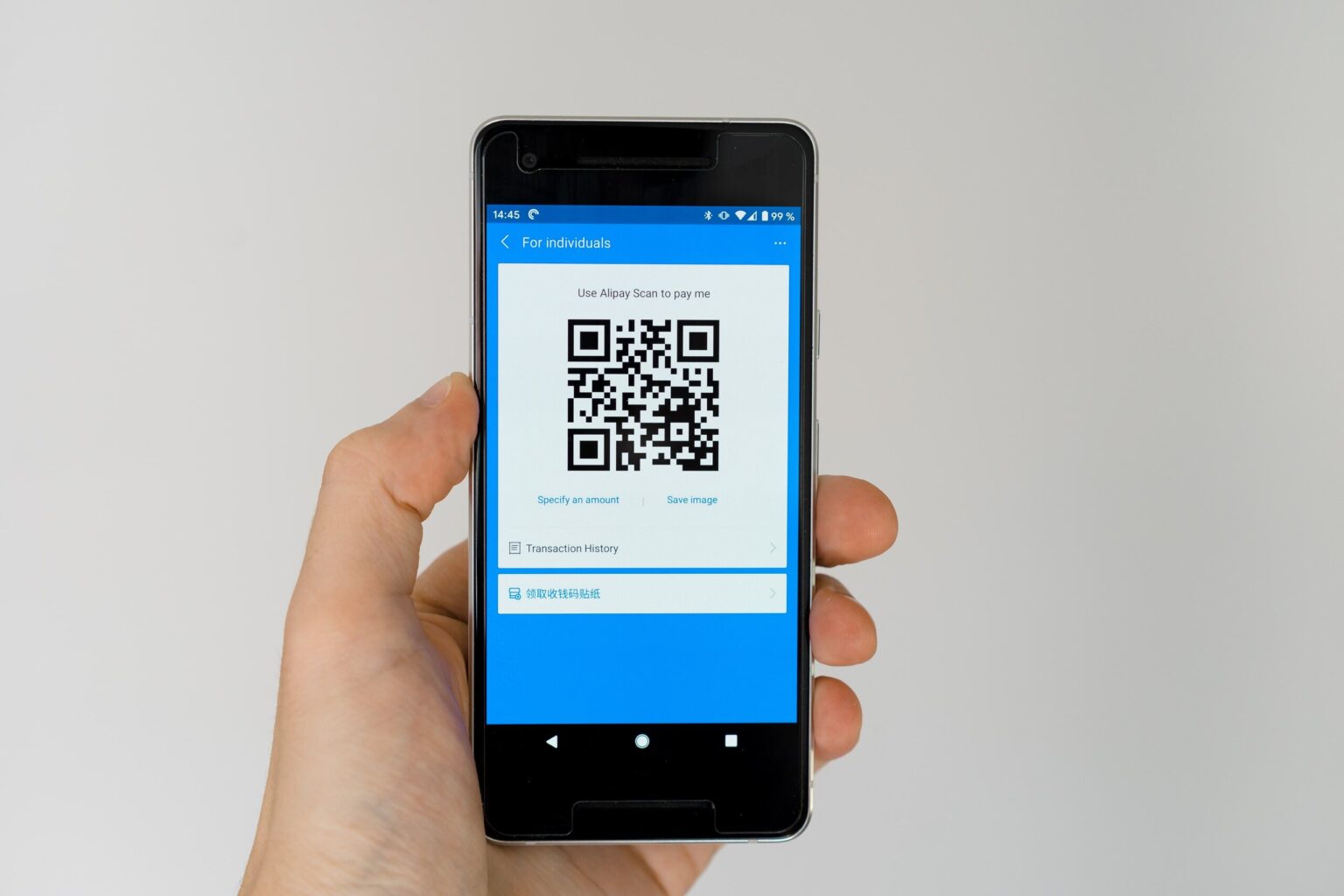The European Union has no intention to stay neutral in the race to redefine the EU payment sector and it’s poised to use legislation and enforcement actions to reduce its reliance on foreign companies. Visa and Mastercard are the first targets, but Google and Apple may follow. Paypal and Alipay may be in a slightly better place thanks to the QR codes.
EU Hopes are Placed in Instant Payments
European institutions have found in direct payments (eg. A2A, QR codes, etc.) a solution to reduce EU’s reliance on U.S. card networks and provide growth opportunities to EU banks and fintech companies, in our view. The European Payments Initiative, an association of EU banks and paytech companies backed by the ECB and European commission, aims to create a solution for cross-border payments. This rapidly growing group has the potential to be disruptive in the payment sector, though it’s not large enough yet.
Visa and Mastercard may be the first to feel the pressure, as direct payments such as A2A and QR codes may cut 80% of the fees vs credit cards. The European Union is poised to use new legislation like the EU retail payment strategy and the Digital Markets Act to keep foreign companies at bay. The next test in this possible strategy is the merger review of Visa’s acquisition of open banking platform Tink. The transaction shouldn’t raise antitrust concerns, given the lack of significant overlaps between the companies’ businesses, the presence of strong competitors such as Plaid, Mastercard or Bud and the fragmentation of the market. Yet, EU regulators could oppose the deal if they consider it a “killer” acquisition, as the U.S Justice Department did in the Visa-Plaid deal.
What Enforcement Actions?
EU regulators are investigating Apple for allegedly limiting access to the near-field communication (NFC) functionality, also known as “tap and go”, on iPhones as this could restrict competition from other companies. It is too early to know what kind of remedies may be imposed, if any, but if Apple’s conduct is deemed anticompetitive, the company may be compelled to allow other businesses access to its NFC functionalities. Additionally, when the EU parliament approves the proposed Digital Markets Act, the so called “gatekeepers” may be obliged to allow third-party access to their operating systems, hardware and software features which may include biometric identity readers and SIM cards.
Another area where regulators could launch a new investigation is on debit and credit cards. In particular, regulators may consider antitrust actions to allow EU card schemes to access the kernel in point-of-sale terminals developed by Visa and Mastercard that is required to perform transactions. Kernel is a proprietary technology that is widely used in every card transaction and it hasn’t yet European equivalent. European institutions are encouraging EU companies to develop some alternatives to the U.S. card networks but with limited success. One of these initiatives is CPACE, a technology developed by the European Card Payment Cooperation that would allow the construction of a pan-European card program, but it isn’t a real threat to Visa and Mastercard yet.
Who Are The Main Beneficiaries?
EU banks and EU PayTech firms are the main beneficiaries of this EU approach to protect domestic firms. On the A2A core infrastructure, probably the strongest competitors and main beneficiaries are Nexi (once SIA’s acquisition is completed), Worldline and Mastercard, thanks to previous acquisitions of Link and Nets. These companies are building alliances with banks and merchants to quickly gain scale. On the A2A software, there are more companies as the market is still very fragmented, but some of the names to follow are Tink, Truelayer, Bud, Kevin and Aiia.
